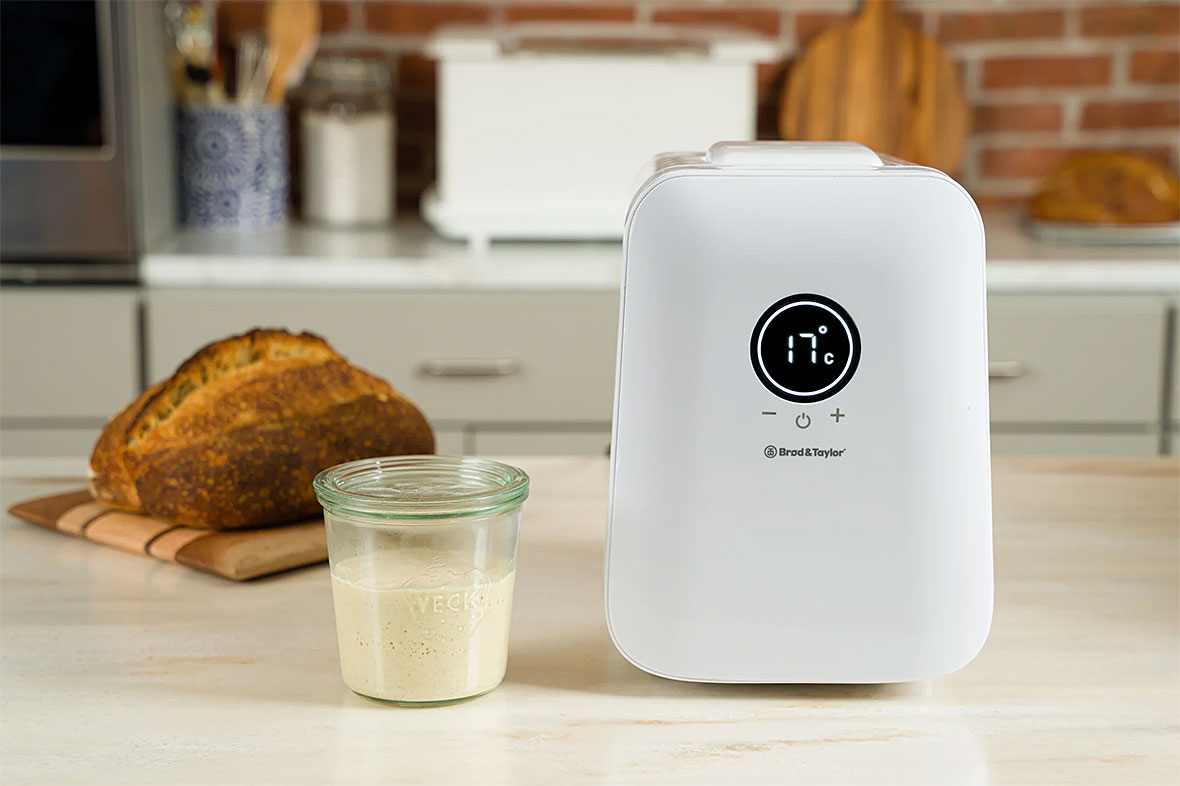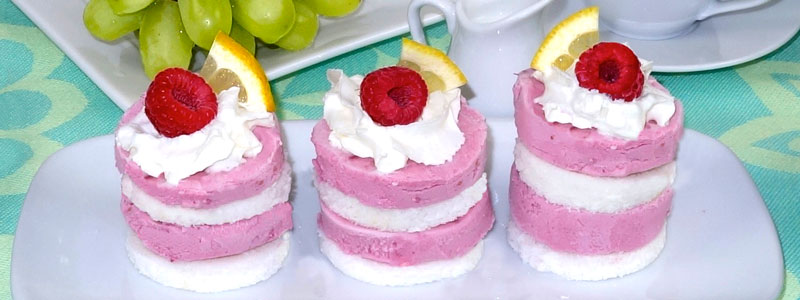Relish one of life’s fleeting pleasures…the fresh raspberry! Only in season for a few short weeks, juicy raspberries are well worth the wait. As powerful in taste as they are in nutrition, raspberries range from super sweet to acidic. Paired with our Greek-Style strained yogurt, raspberries make delicious homemade frozen yogurt.
Yield: Makes about 4 cups of frozen yogurt. We like to make a double batch of the raspberry puree and freeze half for a second batch of frozen yogurt, raspberry sauce, etc. To do this, double the quantity of raspberries called for in the table, below.
Ingredients
| Quantity | |
| Custard-style plain whole milk yogurt, to be strained overnight* | 950 ml |
| Fresh or frozen raspberries | 250 g |
| Sugar, superfine works best | 6 Tbs (75 g) |
| Zitronensaft (optional) | 1 tsp |
* Note: There will be about 2½ cups / 590 ml of very thick yogurt after straining.
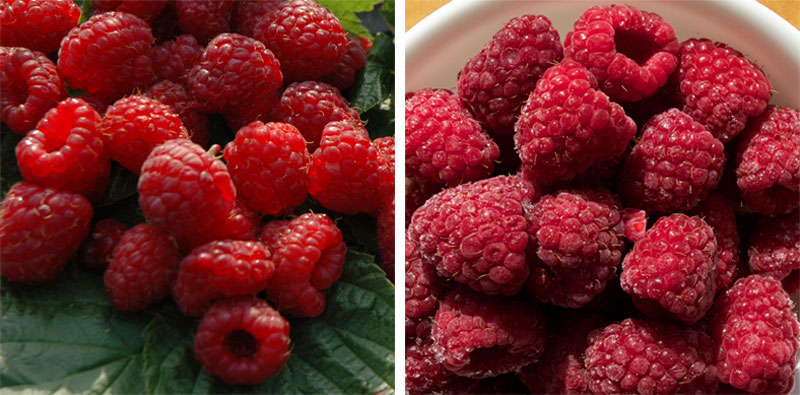
Equipment: Brød & Taylor Folding Proofer, ice cream freezer and a one-quart / one-litre container for storing frozen yogurt. For the creamiest texture, pre-freeze the container until it is time to fill. A hand-cranked food mill (or food press) with a strainer base is optional if you prefer frozen yogurt with fewer raspberry seeds.
Strain the Yogurt. Line a colander or strainer with a large coffee filter, double layer of cheesecloth, or clean tea towel. Place the strainer over a large bowl and spoon or pour in the yogurt. Cover, refrigerate and allow to drain overnight.
Mash the Berries. Using a food mill, a fork, or the flat side of a spatula, mash the berries thoroughly and pour the berry mixture in a small covered bowl. Add sugar and combine thoroughly.
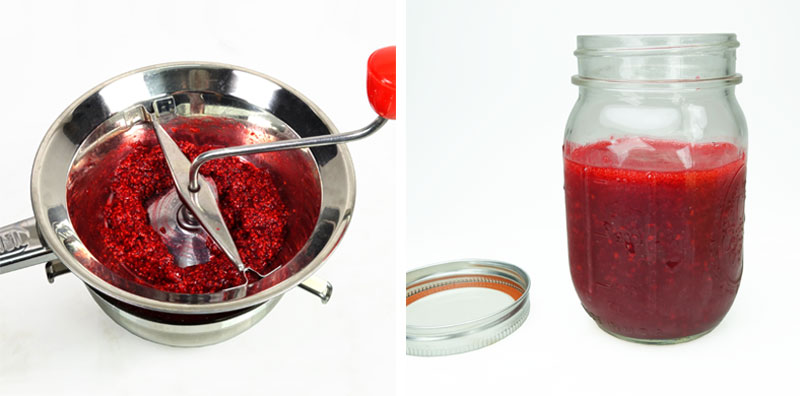
Make and Chill the Pre-mix. Fold the prepared raspberry-sugar mixture into the strained yogurt, stir well and add optional lemon juice, if using. Taste and correct for sugar. Chill in the refrigerator until completely cold.
Freeze the Pre-mix. Put the chilled raspberry yogurt pre-mix into your ice cream maker and freeze according to instructions. When ready, scoop the mixture into a chilled container and freeze.
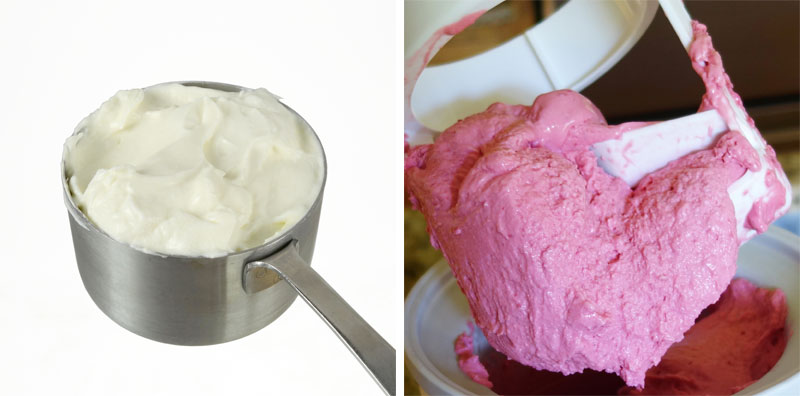
Optional Mould Method. Fill popsicle moulds with yogurt mix. Or thinly spread the raspberry yogurt mix in a sheet pan. Cover and freeze until firm and then cut with sharp knife or metal cookie cutters. Pair with chocolate desserts to make Raspberry Frozen Yogurt an appealing finale to your meals.
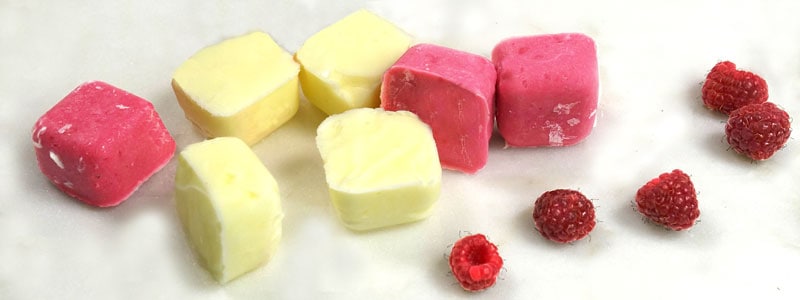
More about Raspberries
More about Raspberries The British started shipping red raspberry plants to New York in 1771. Widespread cultivation began during the 19th century. Raspberries are the third most popular fresh berry in the USA following strawberries and blueberries.
Raspberries belong to the rose (Rosaceae) family of plants. Among more than 200 species of raspberries, the bright-red raspberry is the most popular. Other colours include purple, gold and black. When ripe, raspberries separate easily from the core, which remains attached to the plant. It is easy to tell a blackberry from a black raspberry. When harvested, the core of a raspberry is always hollow, while the core of a blackberry remains intact.
The plant is a deciduous perennial shrub, slightly prickly, with erect or arched stems. Raspberry plants are traditionally planted in winter as dormant canes.
Raspberries are rich in A, E , K and B-complex vitamins, manganese and dietary fibre, and an excellent source of Vitamin C. One cup of berries provides about half your daily Vitamin C. Benefits of raspberries have long been attributed to their antioxidant and anti-inflammatory phytonutrients. Simple and sweet, 1 cup of raspberries contains only 64 calories. If you love red raspberries, they are the perfect alternative to high calorie desserts.
Each raspberry is an aggregate composed of about 50 small “drupe” fruits or little juicy spheres, and each encases a tiny seed that encircles a conical core.
Red raspberries are best harvested when they are shiny, deep red with attached green caps at the top end, firm, plump, and free of sand and mould. Unlike many fruits, unripe raspberries do not ripen after they are picked! They are a highly perishable fruit so sort and remove any crushed, damaged or bruised berries so they do not spoil others. If you need them to look perfect when you use them later, gently tip them out of the container and spread in a single layer on a plate. Cover with a dry paper towel (to absorb any excess moisture), then plastic wrap and refrigerate. The single layer will prevent stacked raspberries from crushing ones below them. They will usually last a couple days in the refrigerator stored at between 2-4 ºC or up to 1 year in the freezer. Freezing raspberries is one of the best ways to preserve the original color, flavour, and nutritive value. To freeze the berries, spread them out on a plate or baking tray for about 30 minutes until frozen solid. Transfer them to heavy freezer bags with no excess air, and seal tight. To conserve space in the freezer, we often juice and strain some of our fresh berries, and then freeze the puree in canning jars.
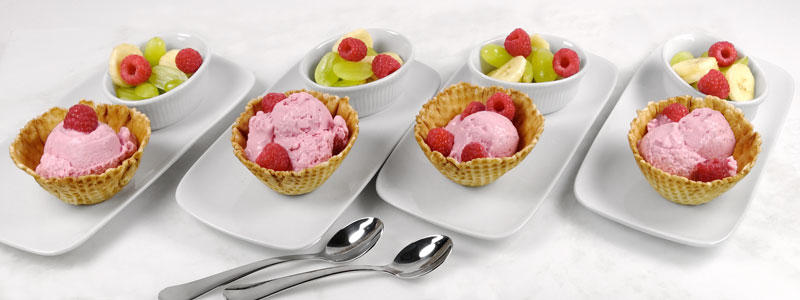

 Deutsch
Deutsch Select Country
Select Country
